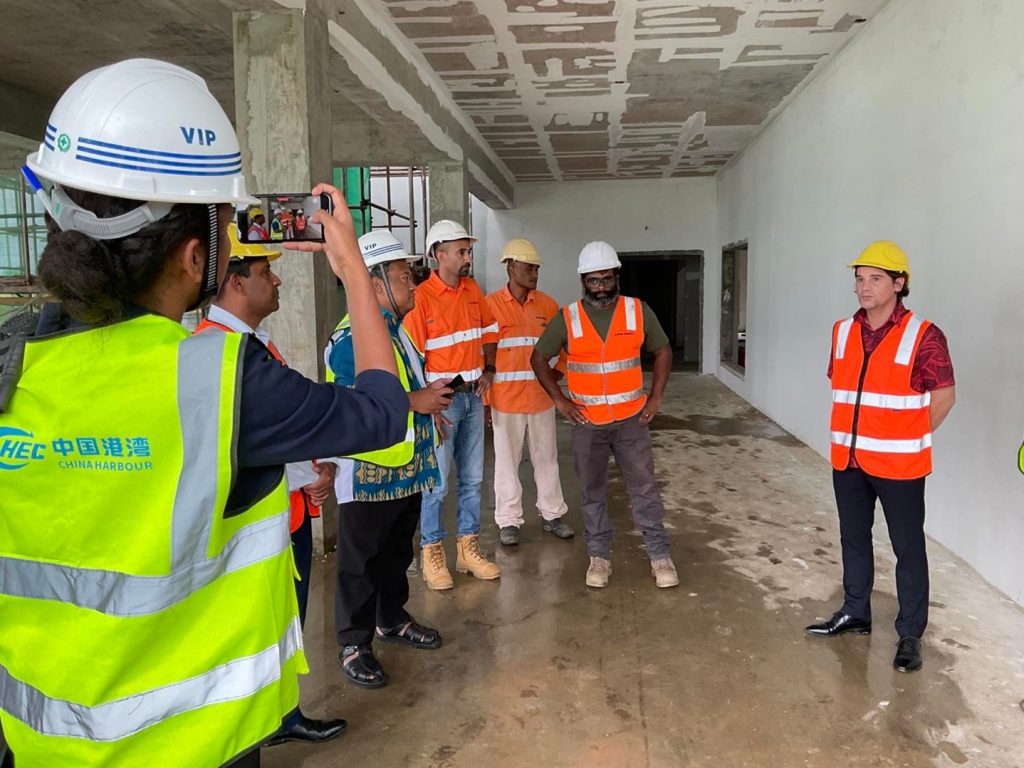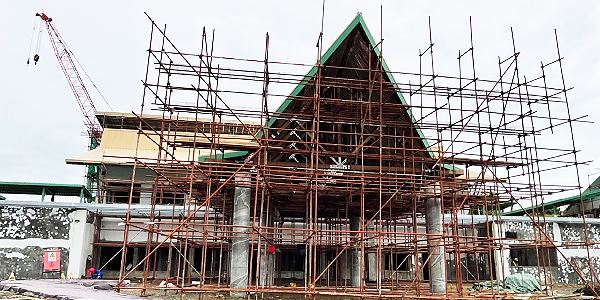THE Asian Development Bank (ADB) on Wednesday led a media tour of the almost complete, expanded campus of the University of the South Pacific in Honiara which will provide students better access to higher education.
Funded by a $15.4 million concessional loan and a grant of $1.5 million from the ADB-administered Clean Energy Fund, the Higher Education in the Pacific Investment Program is building a centrally located campus, next to the King George VI School, which is about 4 kilometres east of the existing Honiara Campus.
“Today’s site visit is the opportunity to witness first-hand the great progress of this important project that will provide Solomon Islands’ growing youth population with access to quality education and training,” said ADB’s Solomon Islands Pacific Country Office’s Unit Head, Elmar Elbling. “We are delighted to partner with USP and the Government of Solomon Islands on this initiative.”
Some features in the campus include: additional teaching and education spaces as well as faculty and administrative facilities; full disability access to campus facilities; 600kW roof-top solar-powered system that will contribute to the campus’ energy needs; gender-friendly designs such as the creation of safe and secure ICT learning hubs with sanitation facilities for both women and men.

“This is yet another milestone of USP and ADB’s long-term partnership in the Pacific,” said USP Deputy Vice-Chancellor Education, Jito Vanualailai. “The upgraded campus with its state-of-the-art facilities, will provide students with better access to academic, training and vocational opportunities.”
The project will support an anchor student program in public health as well as a range of undergraduate and postgraduate courses. It will enhance ICT-based education, improve student support services, and help strengthen the university’s governance and management.
Around 100 local workers are working on the project. The construction of the campus is expected to be completed by mid-2023.
ADB is committed to achieving a prosperous, inclusive, resilient, and sustainable Asia and the Pacific, while sustaining its efforts to eradicate extreme poverty. Established in 1966, it is owned by 68 members—49 from the region.









